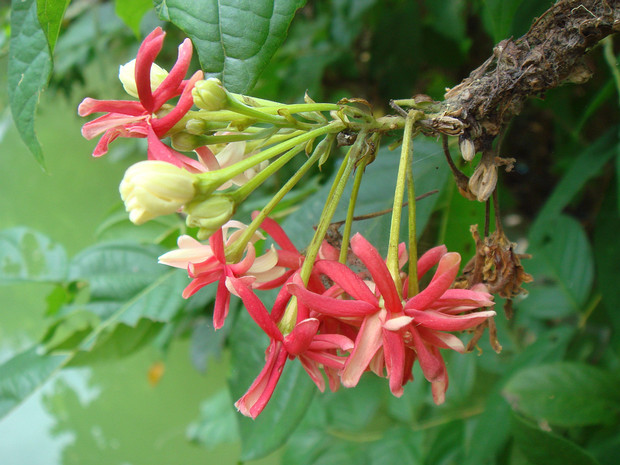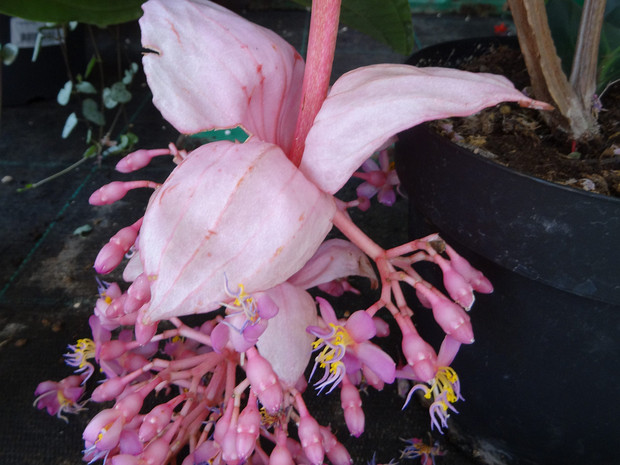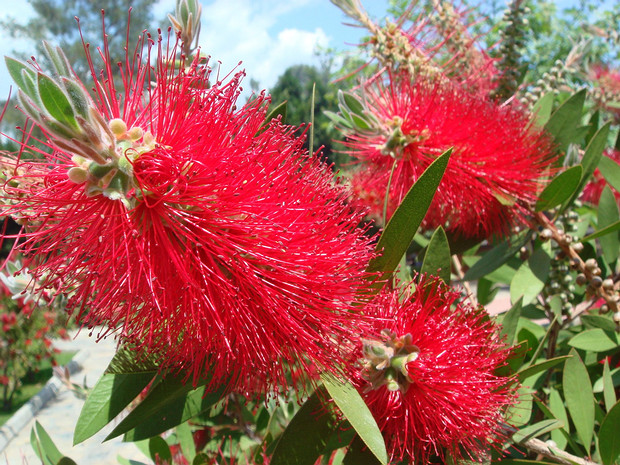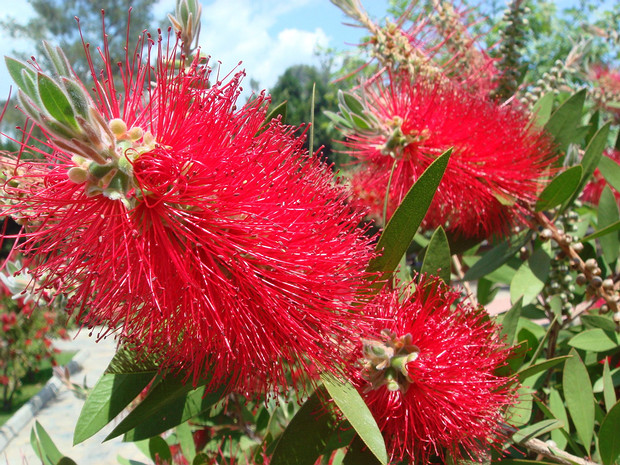
Дербенниковые - Lythraceae
Lythraceae is a family of flowering plants, including 32 genera with about 620 species of herbs, shrubs and trees. The larger genera include Cuphea (275 spp.),…
125 images

Кипрейные - Onagraceae
The Onagraceae are a family of flowering plants known as the willowherb family or evening primrose family. They include about 650 species of herbs, shrubs, and…
180 images

Комбретовые - Combretaceae
The Combretaceae are a family of flowering plants in the order Myrtales. The family includes about 530 species of trees, shrubs, and lianas in ca 10 genera. The…
13 images

Меластомовые - Melastomataceae
The family Melastomataceae (alternatively Melastomaceae) is a taxon of dicotyledonous flowering plants found mostly in the tropics (two thirds of the genera are…
15 images

Миртовые - Myrtaceae
Myrtaceae or the myrtle family is a family of dicotyledonous plants placed within the order Myrtales. Myrtle, pohutukawa, bay rum tree, clove, guava, acca…
185 images

